|
By Al Players: 1 Platforms: Nintendo Switch, Steam Time Master is a puzzle platformer that originally released on Steam last year, but recently saw a console release on the Nintendo Switch. This game's take on the genre involves time manipulation and a rewind mechanic that seeks to change up the sometimes stale gameplay within the genre. Do these elements work to create something fun and engaging? How does it stack up against other similar games? Well, you won't find no time paradoxes in this review! We're going to dive into this one and see if it's worth your time, or if it should be banished along with our main character's sister. Enter Zeno, the titular Time Master who bears more than a slight resemblance to a Black Mage from the Final Fantasy series. Speaking of things this reminds me of, the entire game itself, main character included, recalls memories of Solstice on the NES and maybe even its sequel Equinox on the SNES. Anyway, it seems that he somehow managed to banish his sister Sophia to another dimension at some point before the start of the game. This was apparently an accident that he's beating himself up about when eh game opens, but we never actually learn too much about the setup beyond that. While looking for a way to bring her back, Zeno hears a mysterious voice that convinces him that he can bring her back in return for the currently-shattered Time Crystal. Zeno sets off to complete a series of challenges created by the Ancients that presumably shattered the Time Crystal in the first place. Each of these trials sees him collect shards of the Time Crystal to bring back to the mysterious voice, and maybe even hear from his sister again. From there the story takes a few twists and turns, but it's all just a setup for the main gameplay. I don't really think this game even needed a story to justify its existence, but it's neat that we get one that has interesting characters, and enough dramatic moments that ensure players will keep up with collecting those shards. Lastly, while some of the plot twists are fairly obvious in my opinion, I'll refrain from discussing the story from here on out so as not to spoil anything for new players. After all, what's really important here is the gameplay, and I have a lot to say about that. At its core, Time Master has a very simply gameplay mechanic: collect all the shards of the Time Crystal within each trial/stage. The thing about these stages is that the shards are often placed in areas that you can't easily escape from once you enter them. This is where the paradoxes come in. Since Zeno is a Time Master that means that he can perform an action, or a series of actions, and then rewind time so he can give everything another go. He's not just redoing things from scratch though, the previous version of him, the time paradox, still goes through the motions of the original set of actions. Basically you control two characters, but one at a time doing two completely different things. This entire mechanic is a bit hard to explain in writing, but it works sort of like the rewind mechanic found in a lot of modern retro releases, but here your previous version still exists and you can reap the benefits of everything the past you did. It may sound like an out of left field mechanic, and it really is when you stop and think about it for a while, but everything just sort of makes sense once you start to play it. Two characters moving at once can lead to a lot of mistakes. What do you if you mess up? Well, thankfully nothing is set in stone when you're a Time Master. If you mess screw up the second half of your run, you can rewind and start again. If you realize that your paradox's movements just aren't working, you can reset the entire thing and start again. It's not just simple redos though, sometimes you need your paradox to help you in a more direct manner, like maybe hitting a switch at the right time, but he's moving a too fast for you. In situations like this, you can pause your paradox, and restart him with a button press. This can be done at any time, and is the probably the most important thing to remember when playing the game. Also, if you get too far away from your paradox, a small picture-in-picture camera appears to show what your paradox is currently doing. Once you and your paradox collect all the shards, it's time to leave. The always-visible exit lights up once you get all the shards within a level, and touching it ends the current stage. I didn't really mention it earlier, but the amount of time it takes to complete a level is important too. New levels unlock from collecting more shards, and you get bonus shards for quicker completion time. While you don't need to get all of these to complete the game, nor do you even have to complete every trial either, but it's best to always do your best to avoid having to retry later. No matter what you do though, you'll often find yourself replaying levels to better your time for those bonus shards. Once again though, don't focus too hard on this since some levels' goals feel near impossible to hit, and you still clear the game even if you skip several levels along the way. Now there's a lot more to the gameplay than just getting all the shards, since the stages themselves are full of a variety of hazards and obstacles. The most basic of these are bridges which always seem to fall piece by piece after you walk over them. Naturally you'll want to make sure you only take the paths that lead to the exit, and let the paradox handle anything that ends in dead ends. Elsewhere you have fire and ice magic that you can cast to break and freeze blocks respectively, and colored switches which make blocks of their corresponding color disappear. There's even see-saws and boxes you have to manipulate to get to higher levels. These are just a few of the obstacles you'll encounter as the game goes on, and Time Master does a good job of introducing new mechanics slowly, and (usually) not combining too many of them within any one stage. Mastery of the game comes from a min/max understanding of what your paradox can and can't do, and how that affects what you do on your second run. Early levels will have you simply send your paradox across a one way bridge to get a shard, but later levels will have him push a box you ride on, or act as the counterweight on the aforementioned see-saws; both of those actions complete with a lot of pauses to make sure the paradox doesn't get too far ahead of your actions. This can often result in a lot of trial and error to see what works, but that's kind of the bread and butter of puzzle platformers. Just make sure you begin each level by waiting and plotting out what you plan to do before attempting anything too crazy. While there are a lot of issues I have with the gameplay that I'll discuss in a bit, I did find it impressive how far they were able to take the relatively simple gameplay mechanic. Now I'm not one to talk about how a puzzle game can be too difficult, especially when it has a mechanic that lets you skip levels that you find too difficult, but there is a big issue I had with the game that plagued me my entire time with it: the isometric camera angle, and the controls. I mentioned that this game reminded me a lot of the Solstice and Equinox games, but it also has the same issues that they did. Determining depth, or even walking in a straight line, is made several times more difficult when things are tilted at an angle like they are here. Some paths do not allow you to fall off, but there are several that do, and sometimes falling can literally end your run forcing you to restart. Even if it wasn't for instant death/restart issues, not being able to run in a straight line easily (Get used to using diagonals for everything!) can add just enough milliseconds to your time that you'll find yourself redoing levels due to the controls themselves more than you not knowing what to do. The same thing holds true with jumping and pushing blocks. I dreaded every single stage that had a block in it because I knew that it would be an ordeal pushing it where I needed it to be in a straight line, or even at all since it seems like the boxes themselves have weird collision detection. Jumping has the issue of not only being hard to judge distance and angle that I've already mentioned, but also the height of the jump, as you seem only able to just barely clear a single blocks height at times. While not all these things can be blamed on the isometric camera angle, it definitely makes them worse. Why games keep using this kind angle, especially when they don't offer any camera controls, is beyond me. While I can't understand the developer's reasoning in going with that choice, I can say that it knocked this game down several pegs in my head. Now I don't want to make it sound like it's completely unplayable, but Time Master is only saved by the things it did exceptionally well, and by the fact that it has several mechanics that are unaffected by its biggest flaws. Nothing in Time Master really catches the eye visually, but I was still somehow impressed by them. I know that's the literal definition of a contradiction, but there's something to the visuals that make them work and look near breathtaking, but somehow not be cutting edge in any way. Backgrounds vary, the height of levels shifts, and the effects all look cool, but I can't really say that anything particularly stands out. This is a puzzle platformer though, so I guess that things might get a bit too busy if things were all sorts of flashy. I can't put my finger on it, but the entirety of Time Master comes together visually in a way that epitomizes the whole over the sum of its parts. Oh, and then there's the character designs. Black Mage stuff aside, I found Zeno's design cool, and Sophia's wasn't too bad either. They felt like endearing characters I wanted to know. Too bad there aren't too many characters in this game. Since this is a game on the Nintendo Switch, I have to talk a bit about performance. While the game did run perfectly about 99% of the time, there was a lot of slowdown during some of the cutscenes. This was never too bad though, and isn’t really worth dwelling on too long since there isn't any gameplay during them. Beyond all that, I don't have a lot more to say about the visuals. I guess I could say that the menus looked a bit bare, and I wished that the stages were grouped in a way that the backgrounds were consistent. Things may have flowed a bit better if the first levels were in the snow, the next in a green area, so on. As it stands the levels go back and forth in layout and background, and don't even always seem to match up with the current gameplay mechanics you're using. The last points aren't exactly important ones though, so I guess we can all just enjoy the game's visuals for what they are. While I thought I didn't have much to discuss when it came to graphics (but still managed to say a lot), I do have a lot to say when it comes to the game's sound design. Time Master features very chill music that almost feels like light jazz at times. It's hard to describe, but it's extremely soothing, and was a great juxtaposition to the sometimes frustrating gameplay. A lot of the game's music is made up of layered piano tracks, and while there aren't too many songs that I could pick out by way of their melodies, I think they all added to Time Master's slightly lonely and melancholic vibes. It's rare that I feel that a soundtrack more than pulls its weight in creating atmosphere, but that's exactly what's going on here. I will say that the music can be a little low in the mix, but you can potentially adjust this if you so desire. Will I be buying this game's soundtrack? Well, I probably would, but I'm not sure if its one that's actually commercially available. Time Master also has voice acting, and I was surprised by how much of it there is. Everything is fully voiced, and all the voice actors perform their parts perfectly. I say that as if there are a lot of roles here, but you know what I mean. Many stages start with a vocal back and forth between Zeno and the mysterious voice that explains new mechanics, and Zeno will occasionally have quips or comments about everything that is going on. I can understand that some people might find a constantly talking protagonist annoying, but I actually really enjoyed it. You can also adjust the voice volume, or turn it off altogether, if that's what you lean towards. The sound overall is one of the strongest aspects of the game, and it felt like a nice addition that the developers really didn't have to put in. This could've easily used a far more boring soundtrack, with no voice acting at all, but instead we get both so well-done that it feels like they would be right at home within a AAA release. As far as puzzle platformers go, there's a lot to do here in Time Master. You ultimately have to collect 300 crystal shards to complete the main story, out of over 400 available. If you're like me though, you're going to spend lots of time attempting to get all the shards within a single stage. I honestly don't think I'll ever be able to do this, but I definitely will try from time to time. All this means that there’s an insane amount of content here, even if there isn't much to do beyond the main game. While part of me weirdly wishes that there was more to do outside of the core game, perhaps some sort of multiplayer mode, I won't deny that you'll be spending hours and hours on this one depending on your skill level. The price of $14.99 feels about right for what you get here, but I also think that a lower price point would've suited it better. Pricing can be a touchy subject though, so I won't dwell on that too long, I just wish it was slightly more in line with other similar games out there. That said, at the time of this writing it's currently on sale, so you can pick it up when it gets a discount if you agree with me regarding its price. I really wanted to love Time Master, and I indeed did fall in love with it here and there throughout my time with it, but the isometric angle really took me out of that feeling every few levels or so. I don't want to keep harping on that point, but it really wrecked what could've been a near perfect game. If you can get beyond that though, and if you're a fan of puzzle platformers, then you're probably going to have a lot of fun with this one. It's a really great game, with good visuals and amazing music, and has enough to it that makes it a fairly unique game. You can definitely do a lot worse, and I don't think you'll regret your time with this one. If you do pick it up though, remember to never trust mysterious voices! Check Out Time Master on The Nintendo Switch: https://www.nintendo.com/us/store/products/time-master-switch/ Story: B+ (Does this really matter though?) Gameplay: C Graphics: B Music/Sound: A+ Value: B Overall: B Pros: + A unique take on a rewind mechanic that shakes up the normal puzzle platformer formula. + An amazing soundtrack and great voice acting make this very pleasing to the ears. + Great visuals with some awesome character designs for the main characters Zeno and Sophia. + Lots of goals to hit, and you're even able to complete the game without having to tackle some of the harder ones. Cons: - Some visual elements seem haphazardly placed, and there's no proper flow between the various stages. - The isometric viewpoint makes it very hard to make precise movements since every straight line is actually a diagonal. - Actions that require jumping or pushing blocks can be very hit or miss most of the time. - Some of the higher goals in stages feel near impossible, with some requiring frame perfect runs down to a specific millisecond. A copy of this game was provided to us free-of-charge by the publisher for the purpose of this review. This did not affect our review in any way. #TimeMasterSwitch
|
Search
Contributors◆ Angie
◆ Emily ◆ J.D. ◆ Janette ◆ JT ◆ Manuel ◆ Nestor ◆ Rose ◆ Sylvia ◆ Teepu ◆ Tiffany ◆ Winfield Archives
March 2025
|
© 2014-2025 A-to-J Connections. All Rights Reserved.


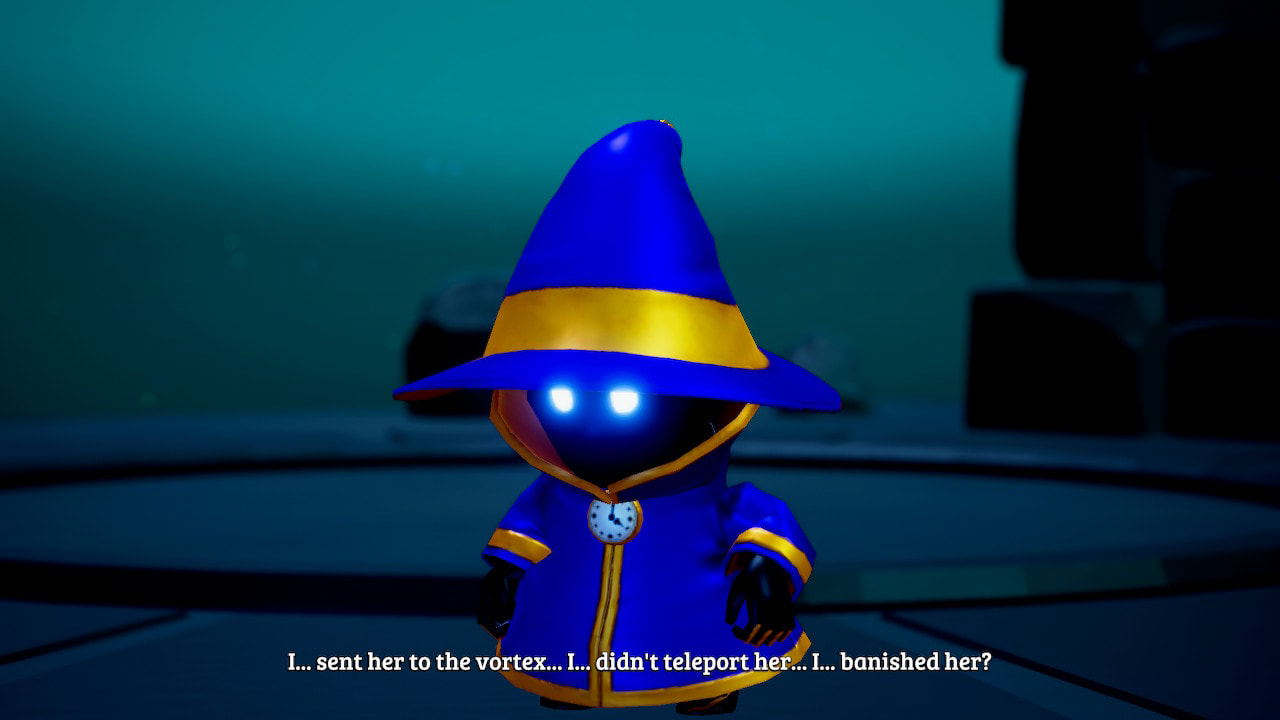
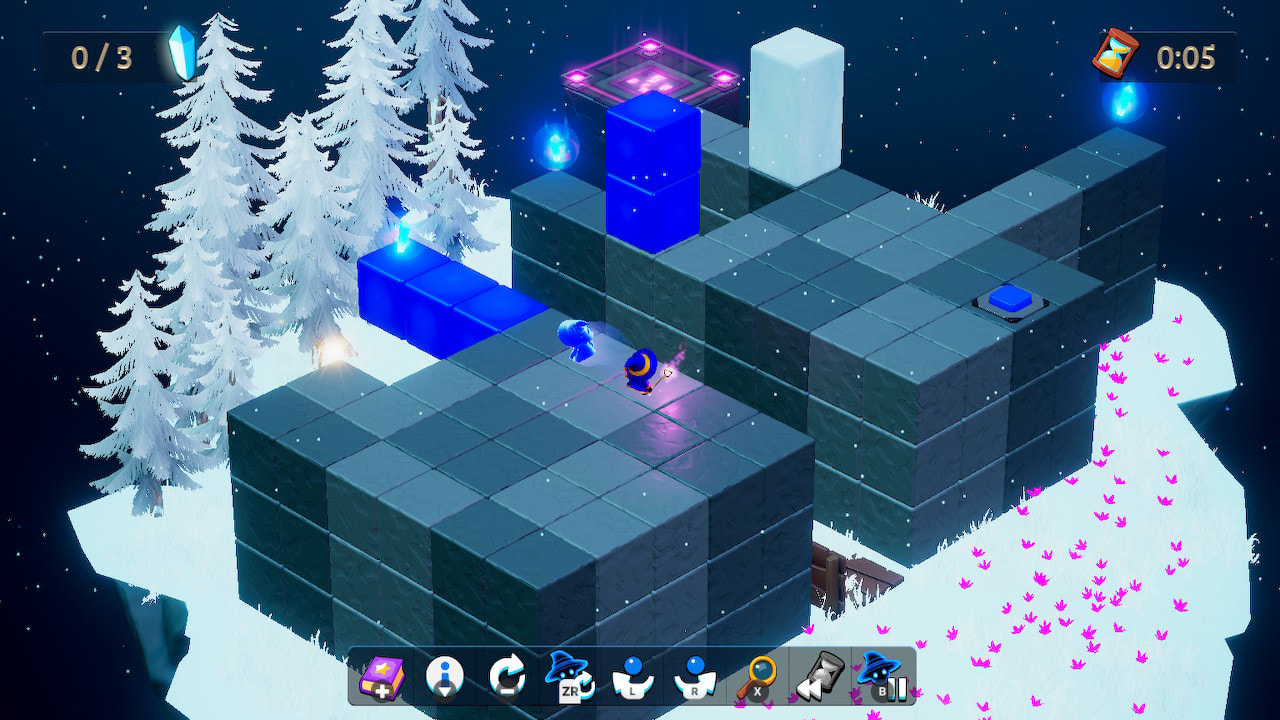

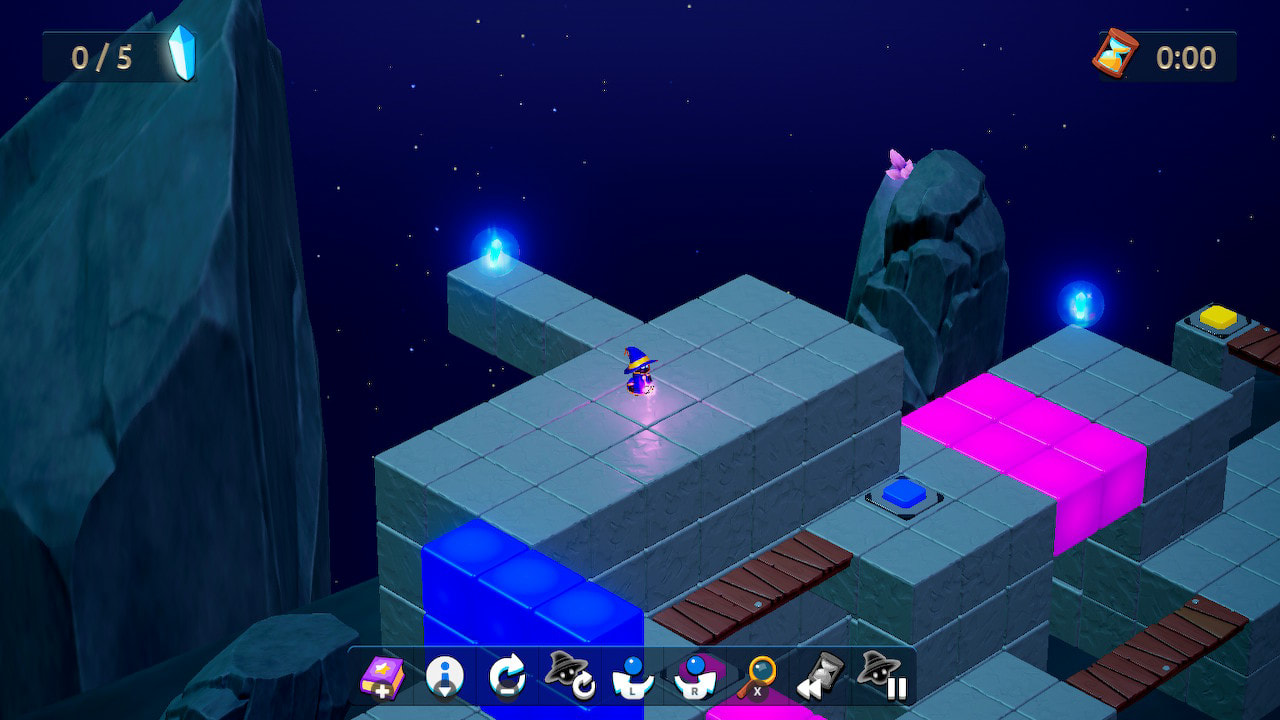
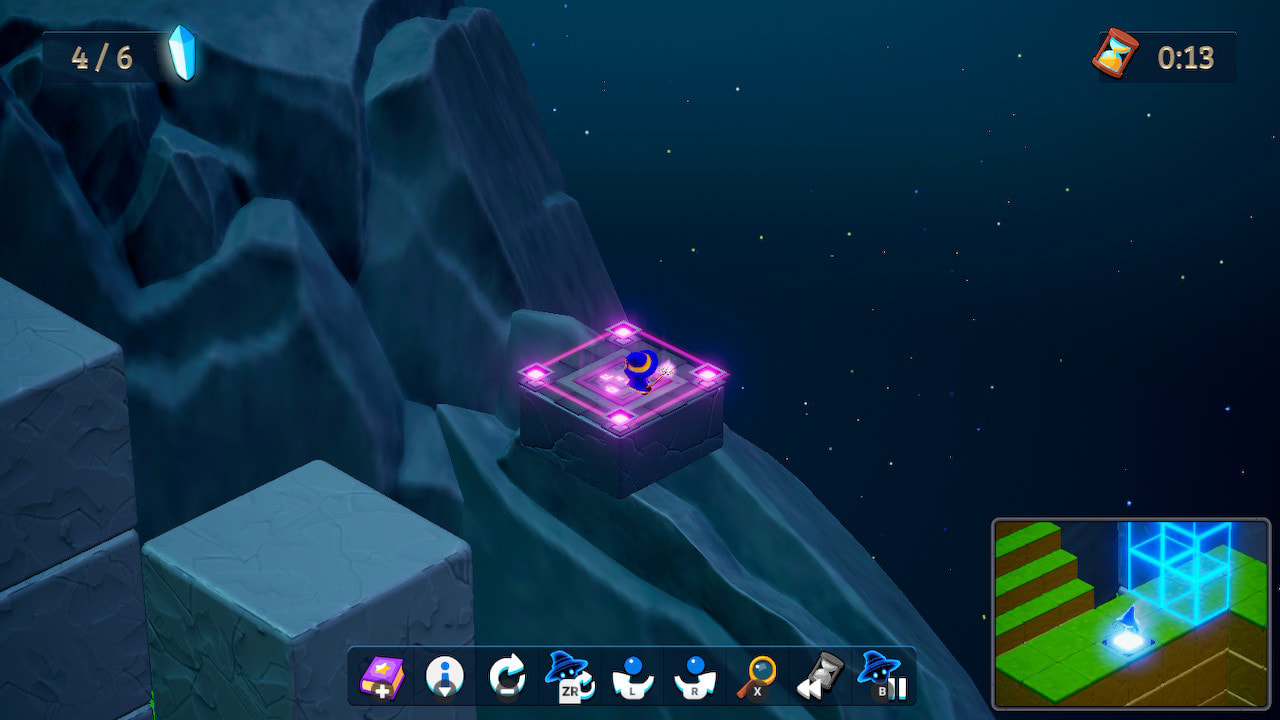
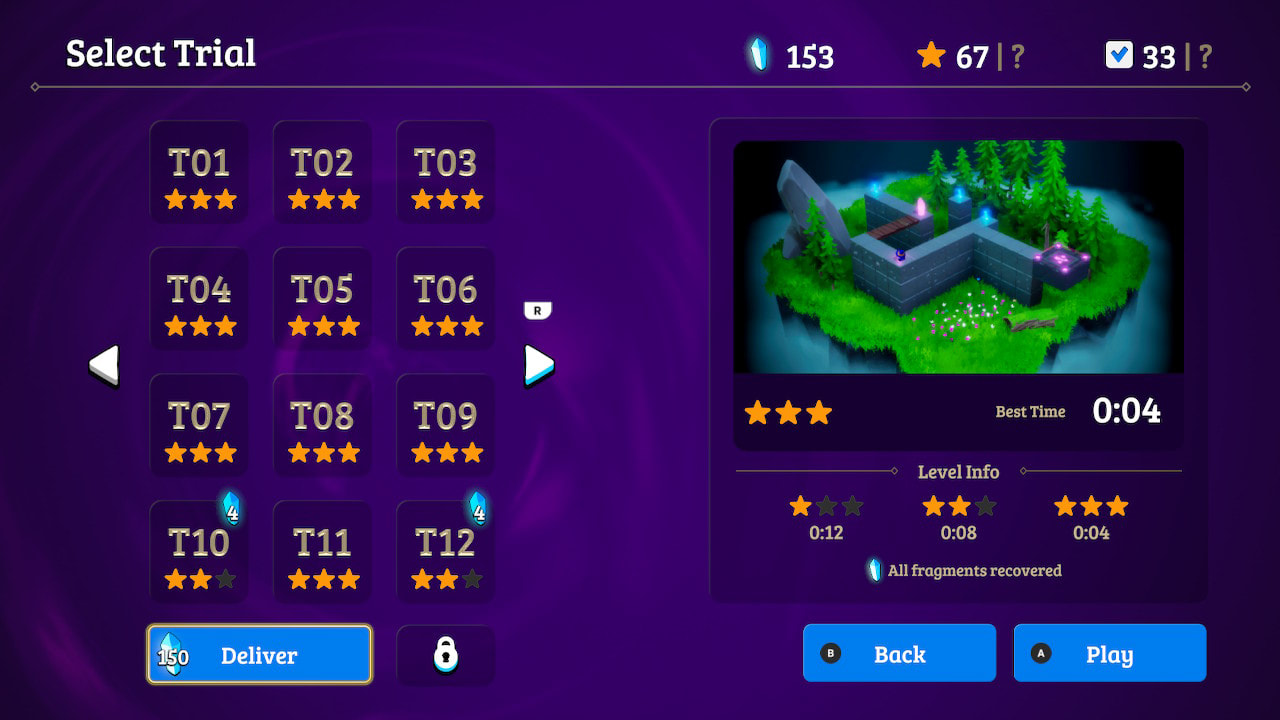
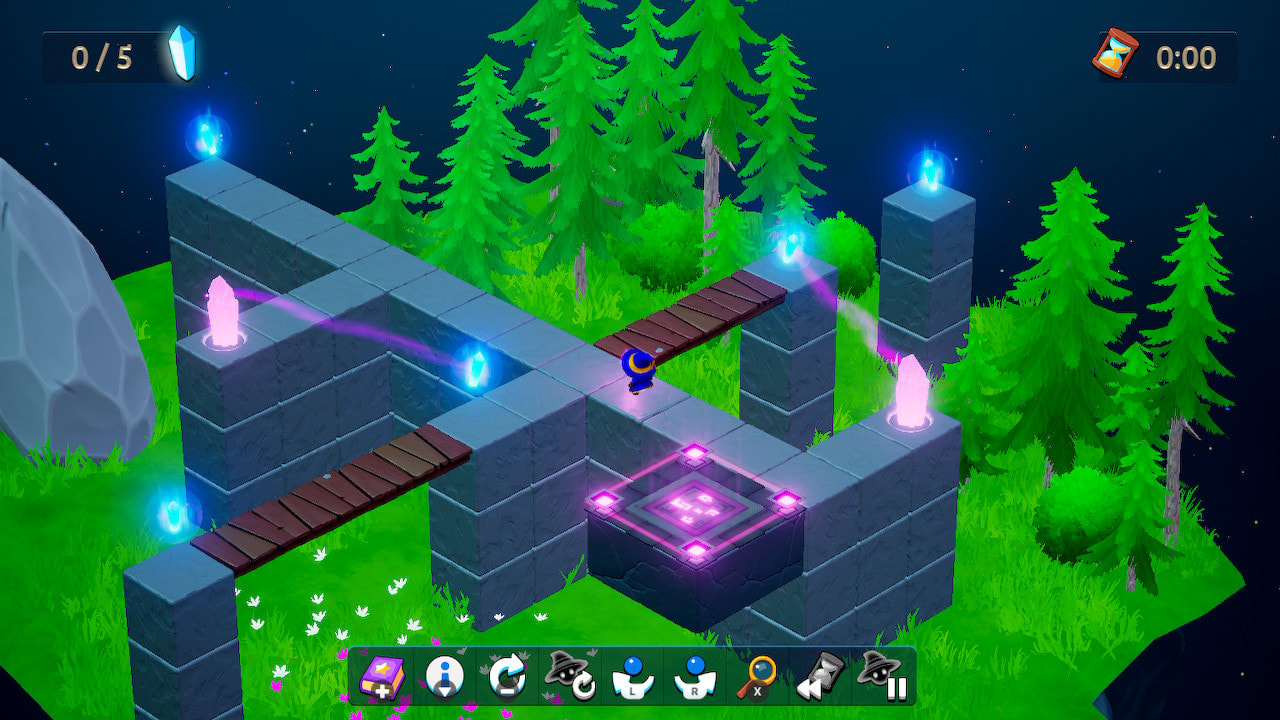

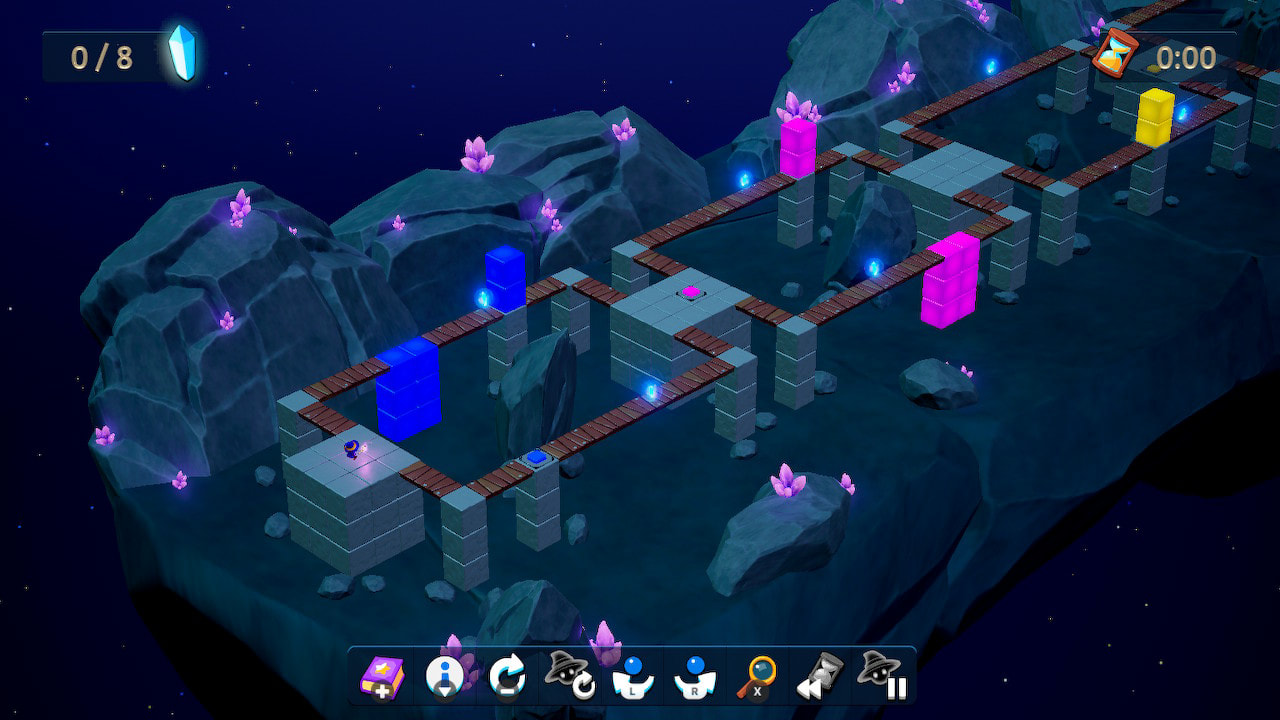



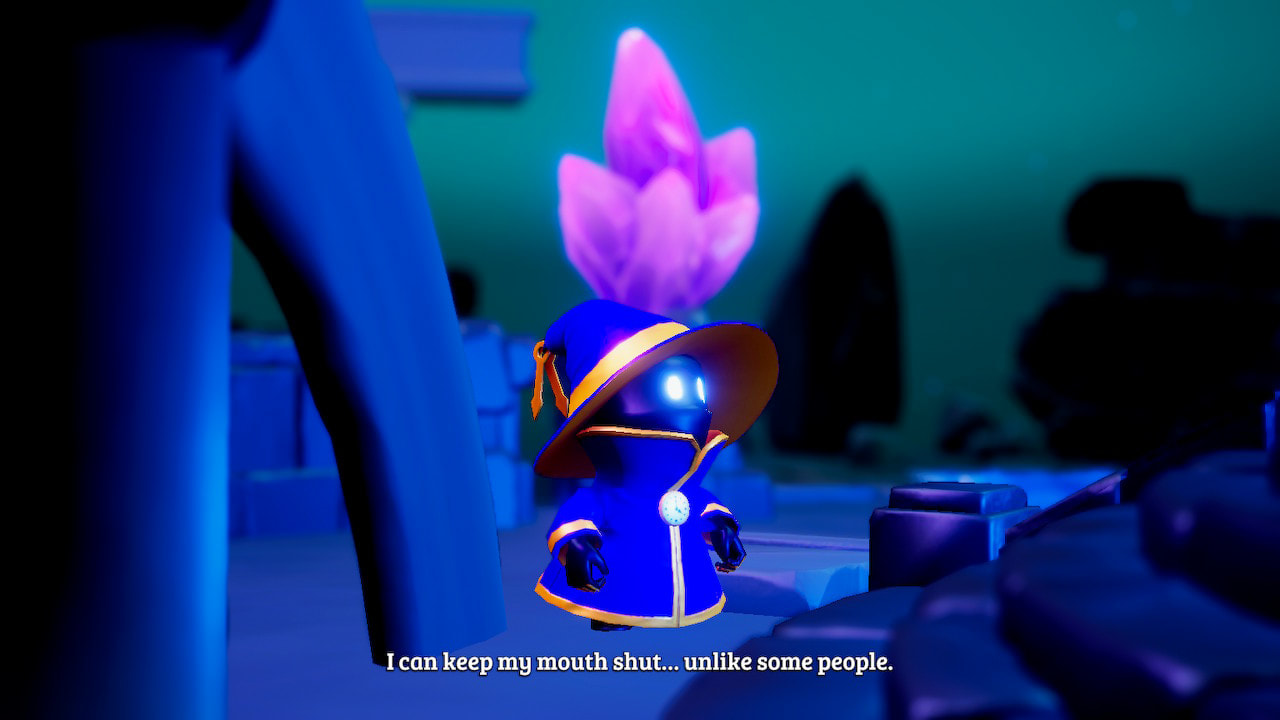
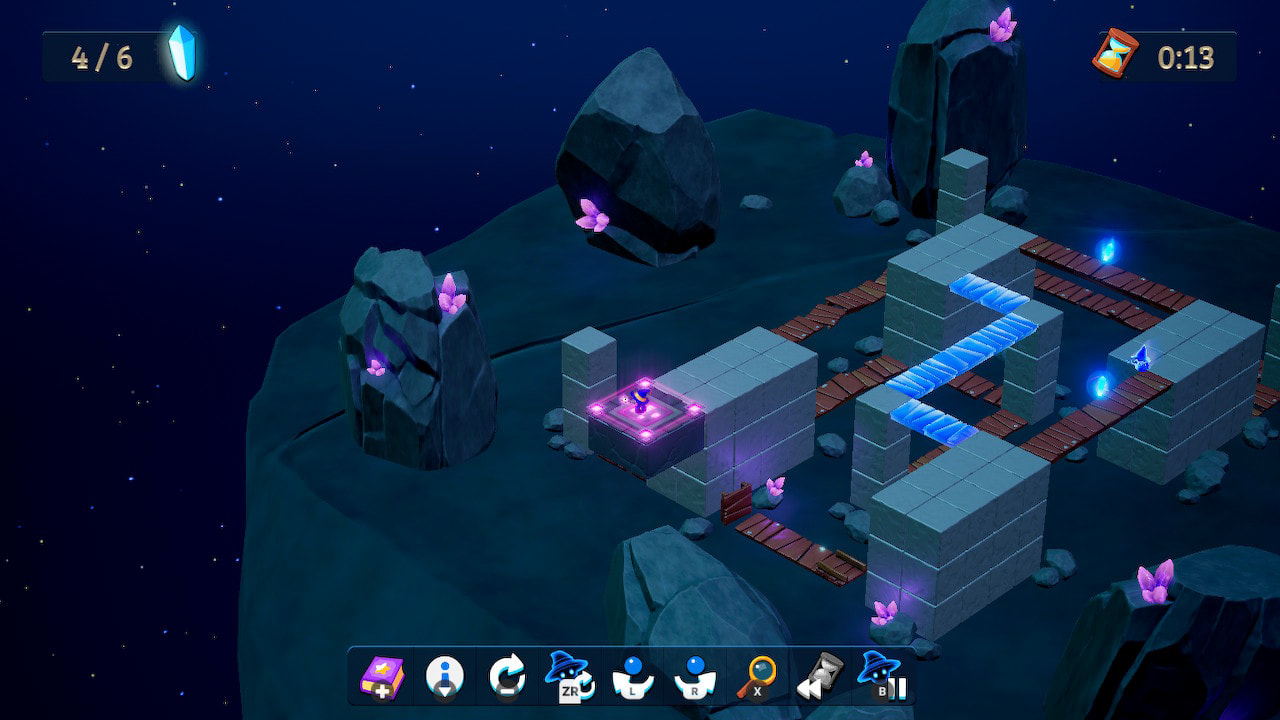
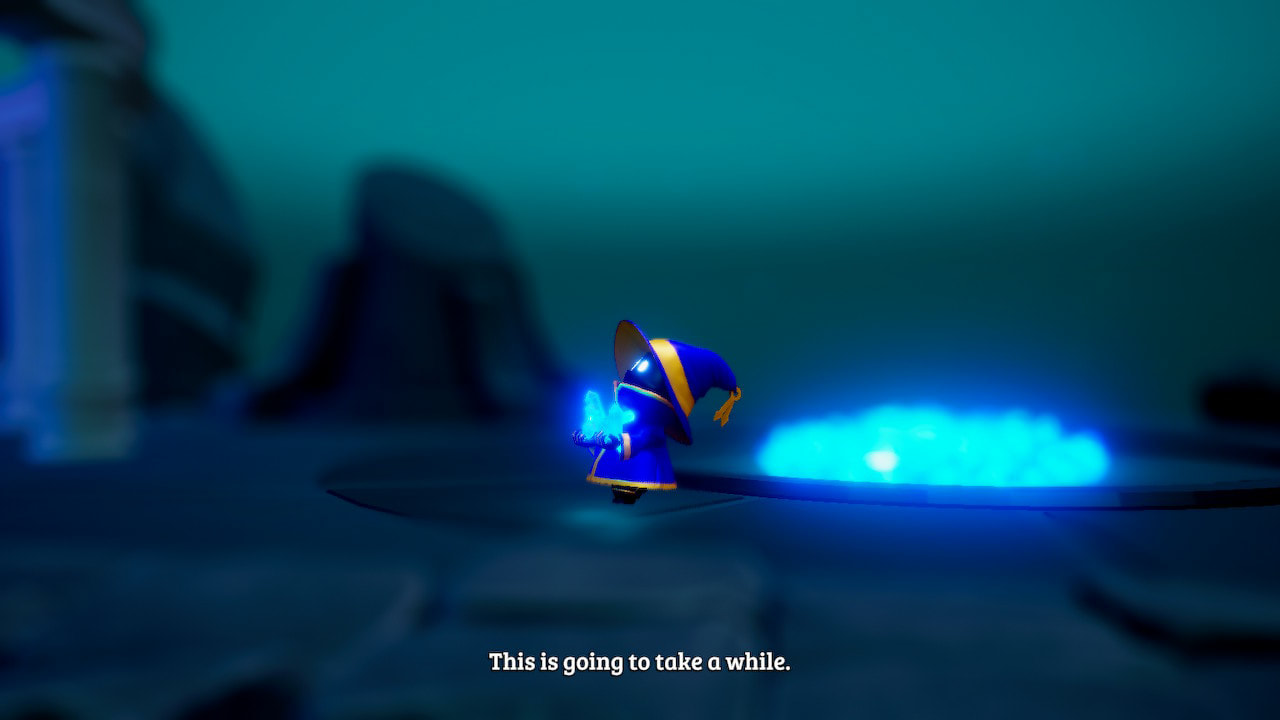

 RSS Feed
RSS Feed